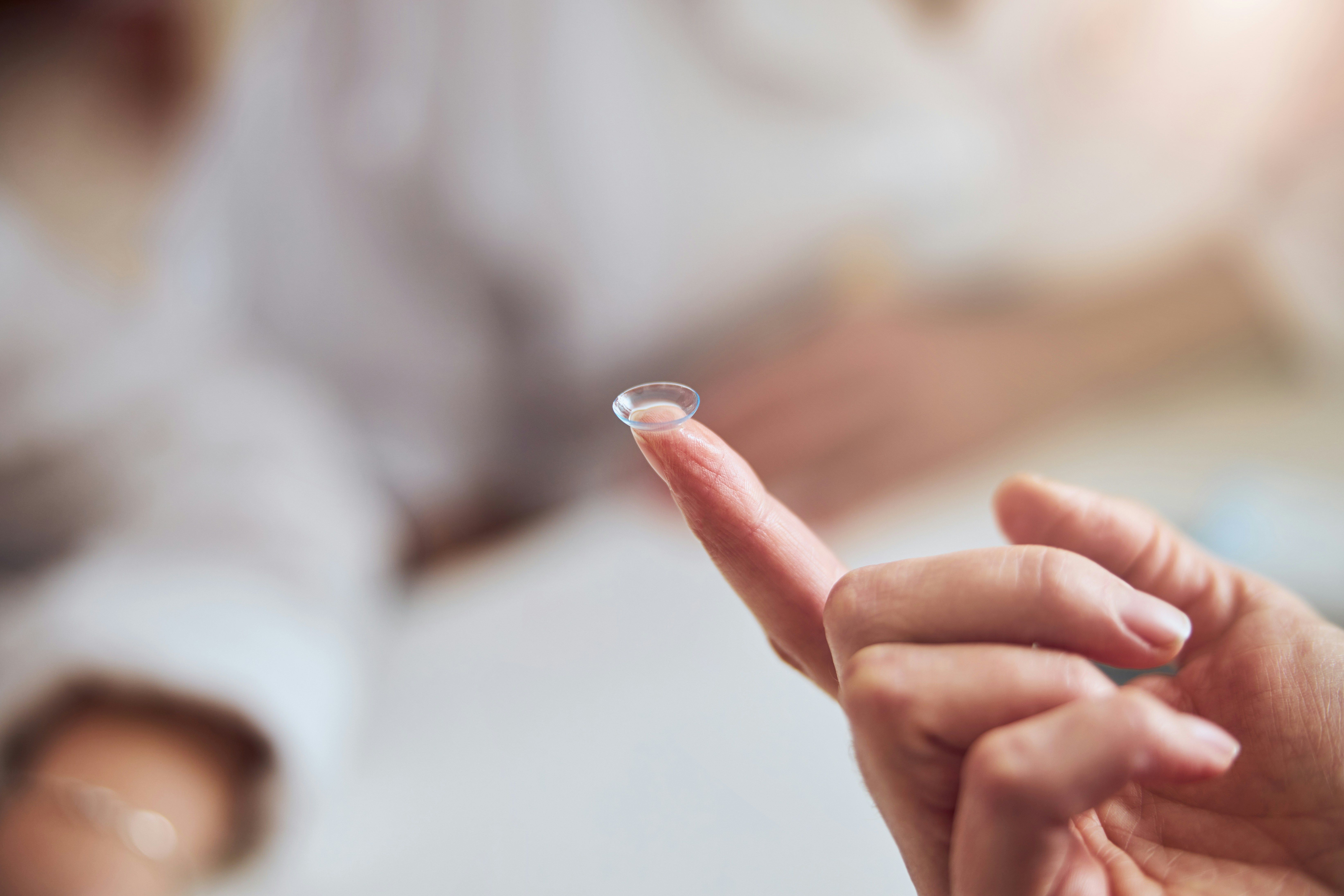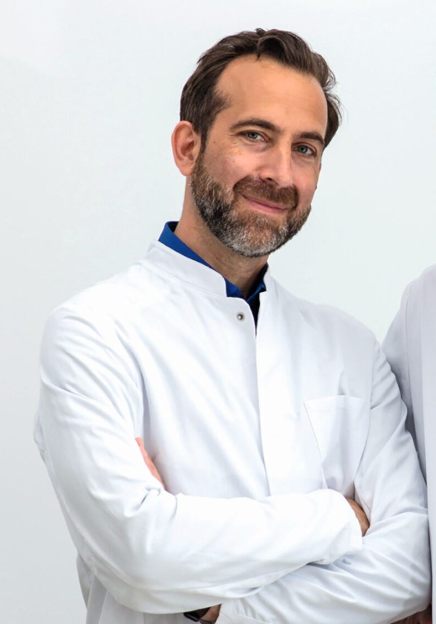Other Treatment Methods

Lens implantation
Never having to wear glasses or contact lenses again - this wish is becoming a reality for more and more patients. This is made possible by the diverse applications of modern artificial lenses, which are useful for cataracts, astigmatism, and refractive errors such as farsightedness, nearsightedness or presbyopia. Even patients with a thin cornea or particularly severe refractive errors benefit from it. Different lens models perform specific tasks: They can replace the natural lens (monofocal or multifocal lenses) or complement its function (Phakic Intraocular Lens, PIOL). Choosing the right lens model is essential for a perfect result. There are different types of lenses: monofocal, toric, and multifocal lenses. All modern premium lenses have an integrated UV protection that harmful UV light absorbs 100 percent.
Monofocal lenses
This lens provides, just like the human lens in Age, only one focal point. It is used to correct nearsightedness or farsightedness. Traditionally, the artificial lens is chosen so that the focal point is in the distance. This means patients need reading glasses for near vision. If complex visual impairments such as severe Corneal curvature (astigmatism) exist, these lenses are not sufficient to completely correct the visual impairment.
Toric lenses
These lenses correct not only nearsightedness or farsightedness but also corneal curvature (astigmatism). They are individually made for each patient and implanted according to the individual corneal curvature. A new dimension is opened by the LED corneal topographer Cassini, which measures corneal curvature with unprecedented precision. Its results are fed directly into the Lensar® laser, which, using integrated iris recognition, identifies and marks the true axis of corneal curvature. This allows the surgeon to align the lens much more precisely than with traditional manual marking.
Multifocal lenses
Unlike monofocal lenses, these lenses offer the possibility of being able to do without glasses after surgery. Ophthalmologists use trifocal or bifocal lenses, which have multiple focal points and thus enable vision at different distances: objects at close range (newspaper), at mid-range (Computer, speedometer) and at a distance (Theater, opera). Alternatively, concepts such as blended vision according to the Düsseldorf scheme offer similar advantages with less halo and glare. Multifocal lenses are especially helpful for people with presbyopia.
Other Specializations
Experts for this Treatment Method

- Modern Ophthalmology
Dr. med. Ilya Kotomin
Smile Eyes Leipzig
- Modern Ophthalmology
Raphael Neuhann (FEBO)
Opthalmologikum Dr. Neuhann / Augentagesklinik am Marienplatz
- Modern Ophthalmology
Dr. med. Tabitha Neuhann
Opthalmologikum Dr. Neuhann / Augentagesklinik am Marienplatz
- Modern Ophthalmology
Prof. Dr. med. Tanja M. Radsilber
Augenzentrum Prof. Dr. med. Holzer & Prof. Dr. med. Rabsilber
- Modern Ophthalmology
Dr. med. Karsten Klabe
Breyer, Kaymak & Klabe Augenchirurgie
- Modern Ophthalmology
Prof. Dr. med. Hakan Kaymak
Breyer, Kaymak & Klabe AugenchirurgieAll Experts in this Department
Show All
- Modern Ophthalmology
Dr. Mirka R. Höltzermann
Augenpraxis Dr. Höltzermann, Dr. von Schnakenburg, Augenpraxis Dres. Höltzermann & von Schnakenburg
- Modern Ophthalmology
Dr. med. Ilya Kotomin
Smile Eyes Leipzig
- Modern Ophthalmology
Priv.-Doz. Dr. med. Daniel Pilger
Smile Eyes Berlin
- Modern Ophthalmology
Raphael Neuhann (FEBO)
Opthalmologikum Dr. Neuhann / Augentagesklinik am Marienplatz
- Modern Ophthalmology
Dr. med. Tabitha Neuhann
Opthalmologikum Dr. Neuhann / Augentagesklinik am Marienplatz
- Modern Ophthalmology







